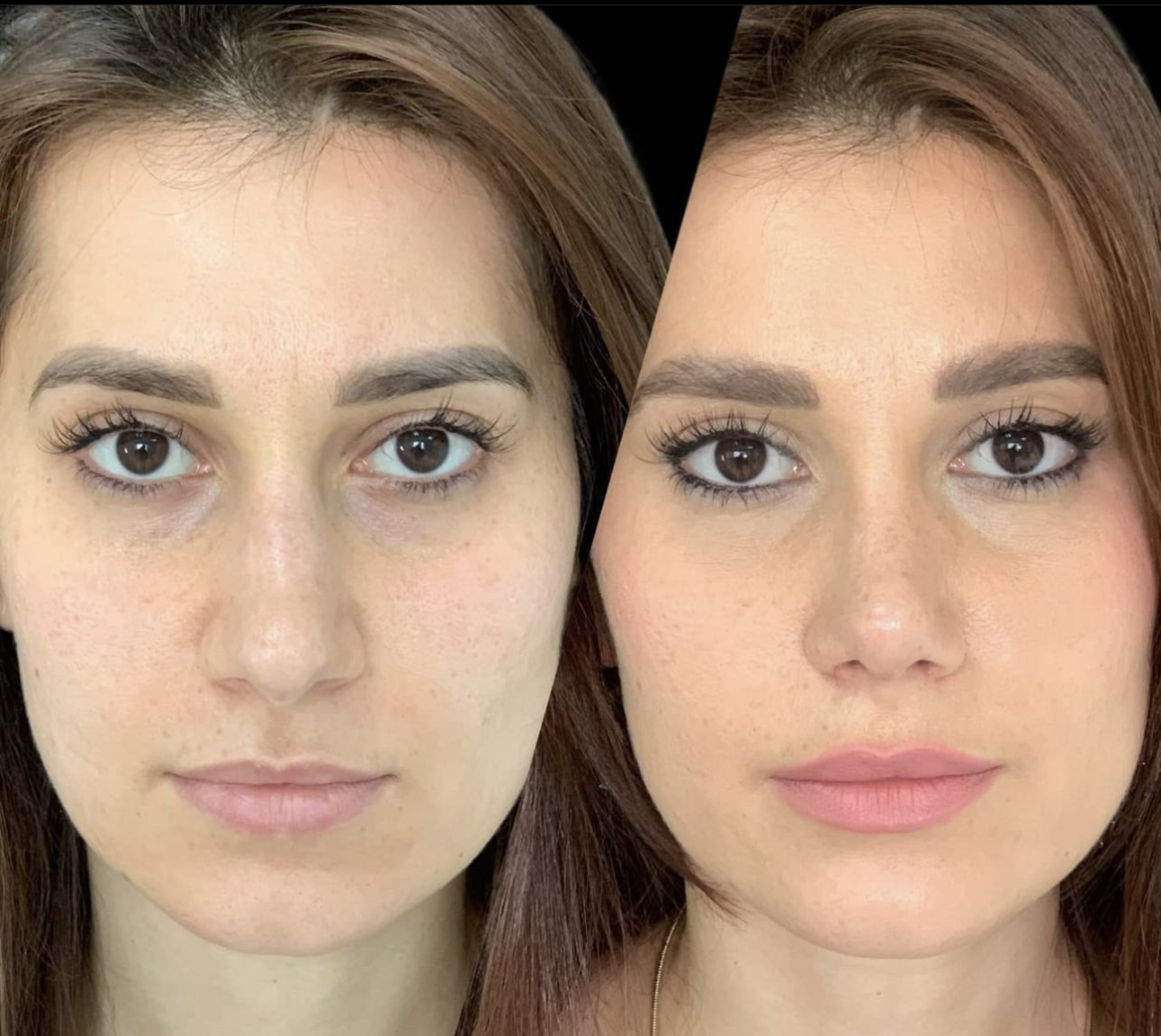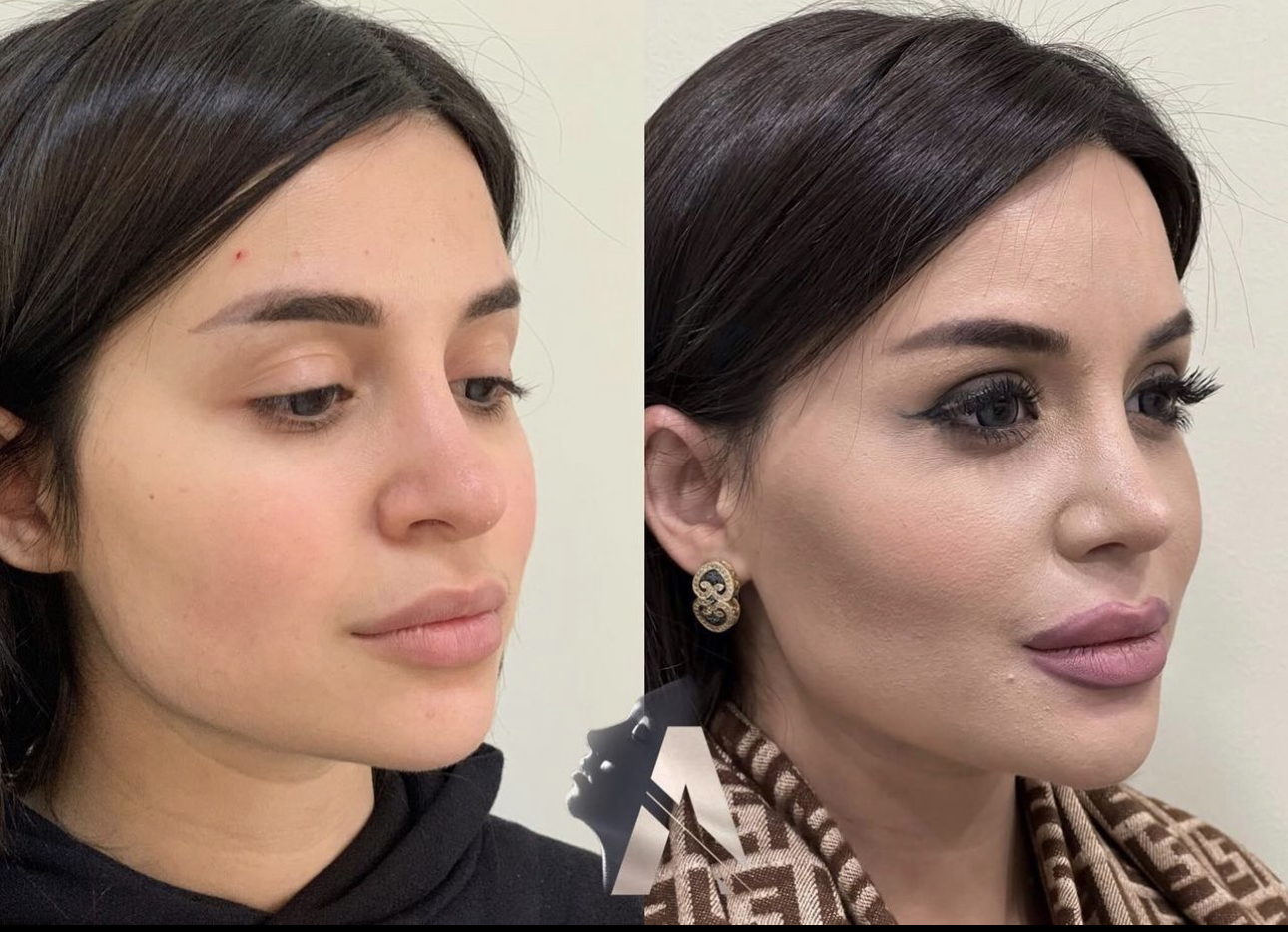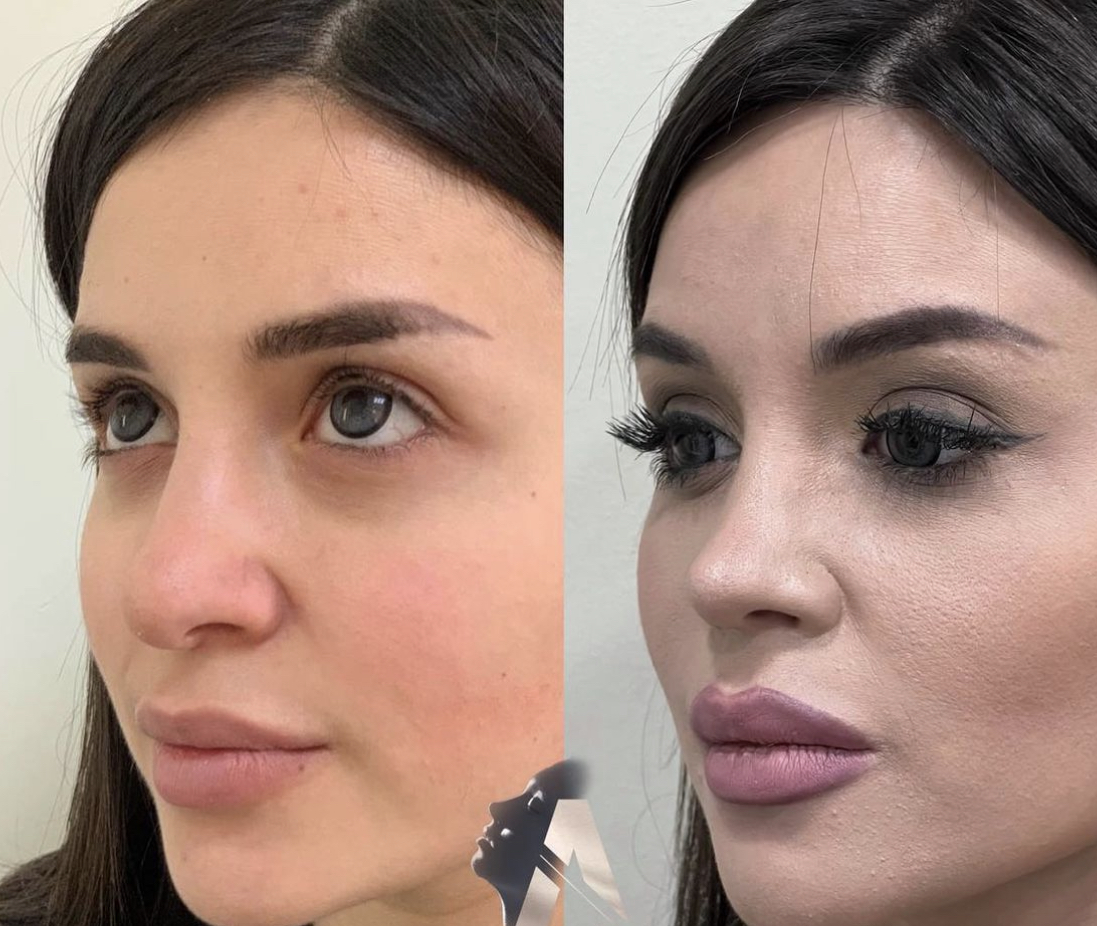






Revision rhinoplasty
Price: from 600 000 AMD
Revision rhinoplasty is undertaken to repair the nose for the purposes of improving either form or function. It is a surgical procedure which is performed after your nose has been operated on previously.
Typically, revision rhinoplasty is an option taken by patients who are not satisfied with their cosmetic appearance following nasal surgery undertaken previously, or who are having problems breathing through the nose.
What does a revision rhinoplasty involve?
Revision rhinoplasty can be more complex than primary rhinoplasty, especially if you have already undergone several procedures. For this reason, the appointment of a surgeon who is both experienced and qualified is essential.
The nature of a revision rhinoplasty will be dependent on a patient’s specific requirements. Some revision rhinoplasty procedures involve a complex overhaul of the nose, but often a revision rhinoplasty can be a simple process such as removing excess bone in the nasal bridge.
In some cases, tissue grafts are used to restore cartilage in the nose of patients who have had too much tissue removed in previous surgeries. These types of procedures are typically among the longest and most complicated, involving the ‘harvesting’ of tissue grafts from areas such as the temple region.
Usually, general anaesthetic or IV sedation are used for revision rhinoplasty procedures, although in some cases local injections are used. In a closed rhinoplasty procedure, incisions are limited to the inside of the nose, whereas open rhinoplasty can involve a small incision underneath the tip of the nose. Open rhinoplasty can sometimes offer better results due to the level of exposure it can offer, but in other cases, it is sufficient to perform closed rhinoplasty.
A splint or any stitches used are usually removed within a week, and you can expect the majority of any bruises to have faded within a ten-day period.